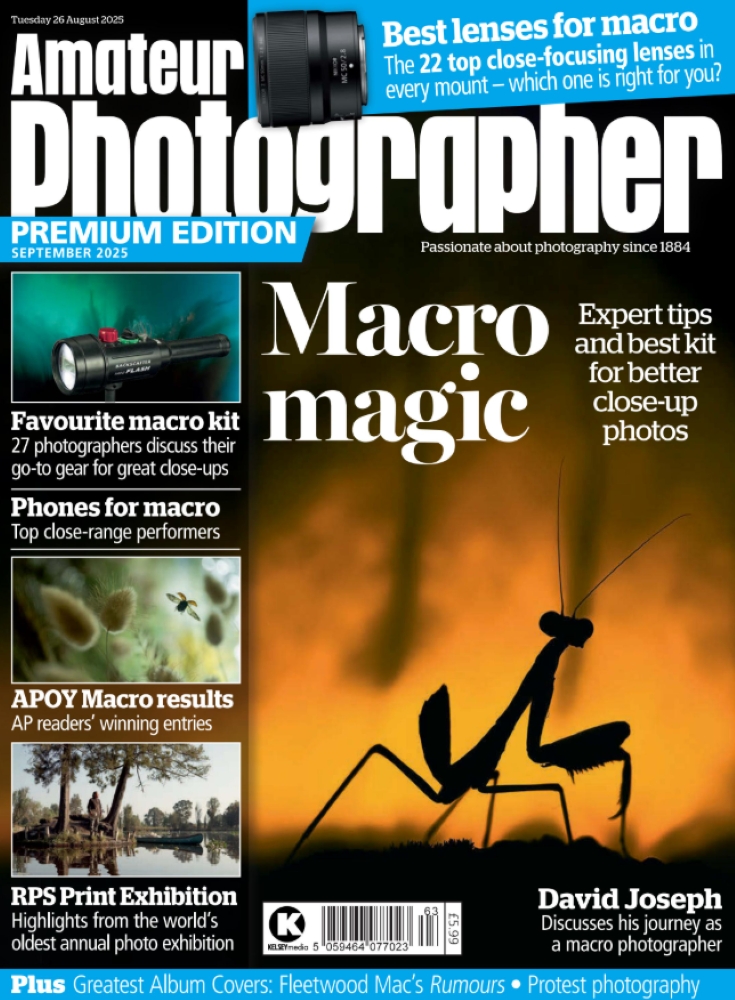Amateur Photographer verdict
With its huge 300-1200mm equivalent range, the OM System 150-600mm F5.0-6.3 IS provides remarkable telephoto reach in a portable design. It’s a great option for subjects such as sports and wildlife.- Huge 1200mm equivalent reach
- Entirely usable hand-held
- Weather-sealed construction
- Effective autofocus and image stabilisation
- Teleconverter compatibility
- Still quite large and heavy
- Expensive
Introduced at the start of 2024 alongside the OM-1 Mark II camera, the OM System 150-600mm F5.0-6.3 IS is an ultra-telephoto zoom for Micro Four Thirds cameras. Its zoom range is equivalent to 300-1200mm in full-frame terms, which is not only the longest in the MFT system, but also amongst the longest of any current zoom. What’s more, it works with the firm’s 1.4x and 2x teleconverters for those who require even more reach. That makes it one of the best Micro Four Thirds lenses for such things as sports and wildlife photography.
OM System 150-600mm F5.0-6.3 IS at a glance:
- $2699 / £2499
- Ultra-telephoto zoom, with 300-1200mm equivalent range
- Compatible with MC-14 and MC-20 teleconverters
- 0.56-2.8m minimum focus, 0.35x maximum magnification (at 150mm)
- 264.4mm x 109.4mm, 2065g
- For Micro Four Thirds cameras only
Weighing in at over 2kg, though, the OM System M.Zuiko Digital ED 150-600mm F5.0-6.3 IS (to give it its full name) is the heaviest lens in the Micro Four Thirds lineup. It’s also one of the most expensive, costing $2699 / £2499. It should appeal to photographers who want a longer range than that provided by either the OM System M.Zuiko Digital ED 100-400mm F5.0-6.3 IS II ($1499 / £1299) or the Panasonic Leica DG Vario-Elmar 100-400mm F4-6.3 II ASPH Power OIS ($1699 / £1499), but whose means don’t stretch to the premium OM System M.Zuiko Digital ED 150-400mm F4.5 TC1.25x IS PRO ($7499 / £6499).
This lens is intended for use on OM System and Olympus cameras, and in particular the top-of-the-range OM-1 Mark II (along with older OM-1 and E-M1-series models). But it can also be used with Panasonic’s G-series Micro Four Thirds cameras. Again, though, it’ll be best suited to high-end models such as the Lumix G9II and GH7.
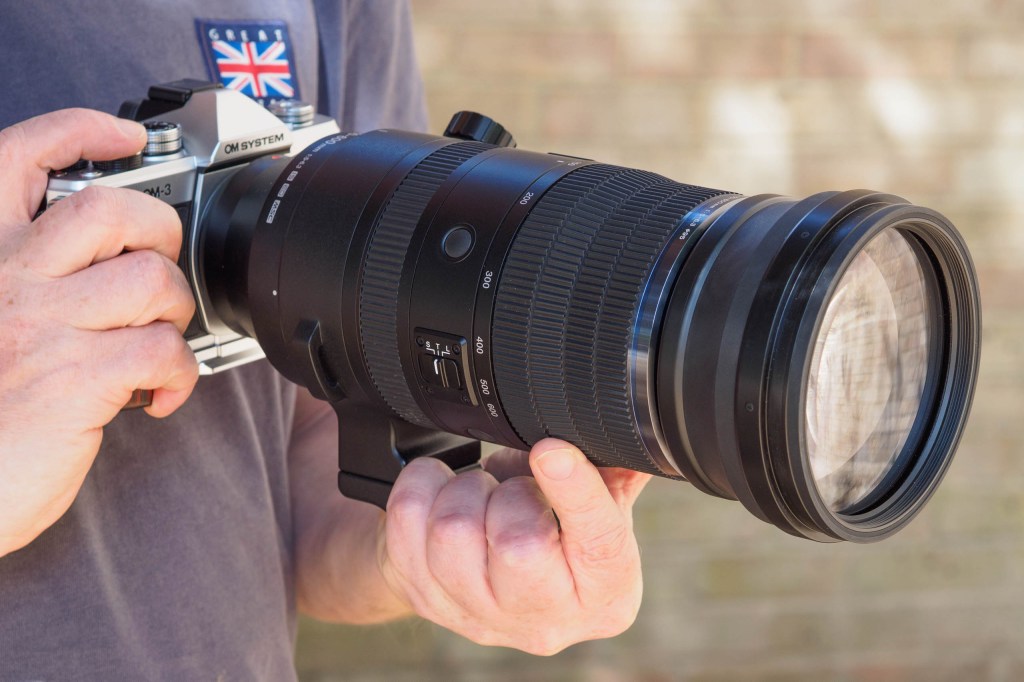
That super-long reach makes the lens ideal for small or distant subjects. It should therefore be particularly attractive to photographers who shoot such things as outdoor field sports, airshows, and wildlife. But how does it measure up in practice?
Features
The first thing we should note about the OM System 150-600mm is that it’s not an entirely home-grown design. It’s clearly based on the Sigma 150-600mm F5-6.3 DG DN OS Sports, with the same optical formula, key features, and major specifications, plus a similar cosmetic design. OM System has, however tweaked the physical design and control layout to its own ends (but doubled the price).
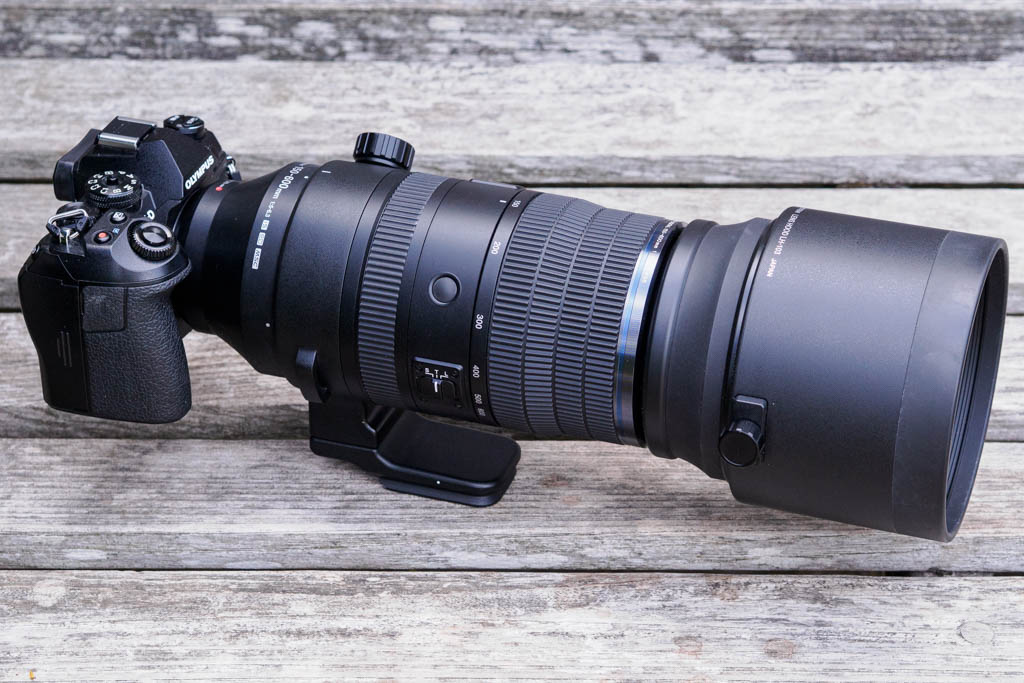
Optically, the lens employs a suitably complex design for an ultra-telephoto zoom, with 25 elements in 15 groups. This includes 2 elements made from extra-low dispersion (ED), 4 from Super ED glass, 6 from high refractive-index (HR) glass, plus 1 HD glass element. The aim here is to maintain cross-frame sharpness while minimising the colour fringing that can often afflict long telephoto lenses.
Optical stabilisation is built in, promising 6 stops of shake suppression at 150mm, dropping to 5 stops at 600mm. Use the lens on an Olympus or OM System camera that supports Sync IS, and you’ll get an additional stop from the in-body image stabilisation.

It’s worth bearing in mind, though, that with a lot the subjects you’re most likely to shoot with this lens, you’ll be looking to keep shutter speeds high anyway, to minimise motion blur. But effective stabilisation is still very important for composition when shooting hand-held.
The minimum focus distance ranges from 56cm at the wide end to 2.8m at telephoto. This equates to a maximum magnification of 0.35x at the 150mm position, meaning the lens can focus on subjects as small as 49 x 37mm. That could be really handy for those photographing small wildlife such as insects.
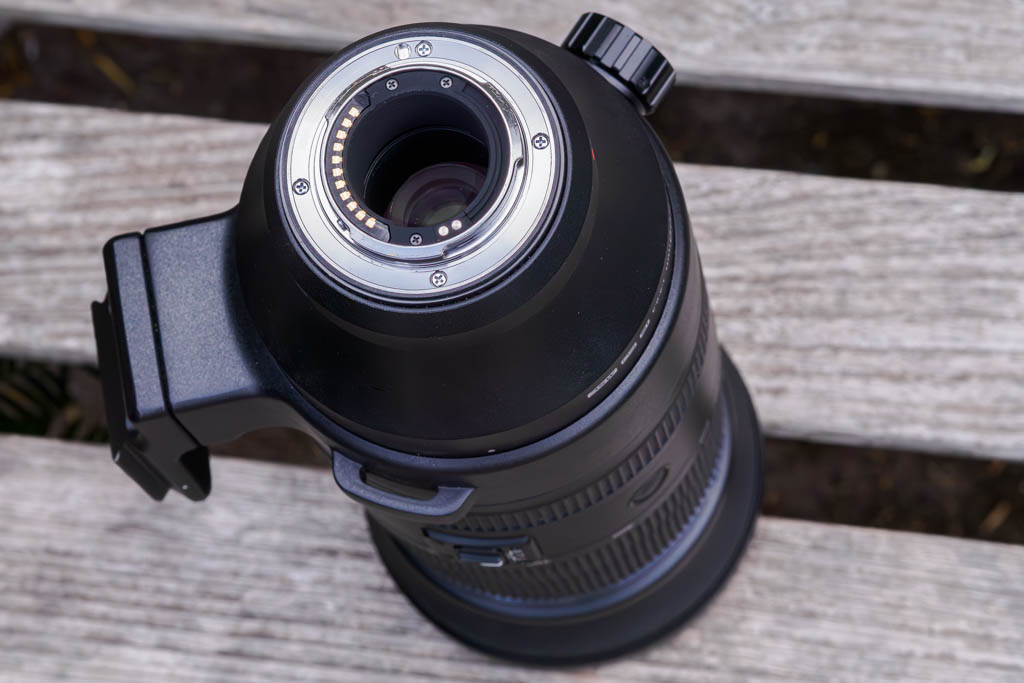
Like most of OM System’s lenses, the 150-600mm is designed to be dust, splash, and freeze-proof to -10°C. Specifically, it has an IPX1 rating, which is equivalent to being subjected to 1mm rain per minute for 10 minutes. This isn’t as high a level of sealing as its PRO-line lenses, which are IP53, but at least OM System provides a rating – most other manufacturers just make vague claims.
A fluorine coating is applied to the front element to repel raindrops, too. The lens accepts 95mm filters and is supplied with a deep cylindrical hood.
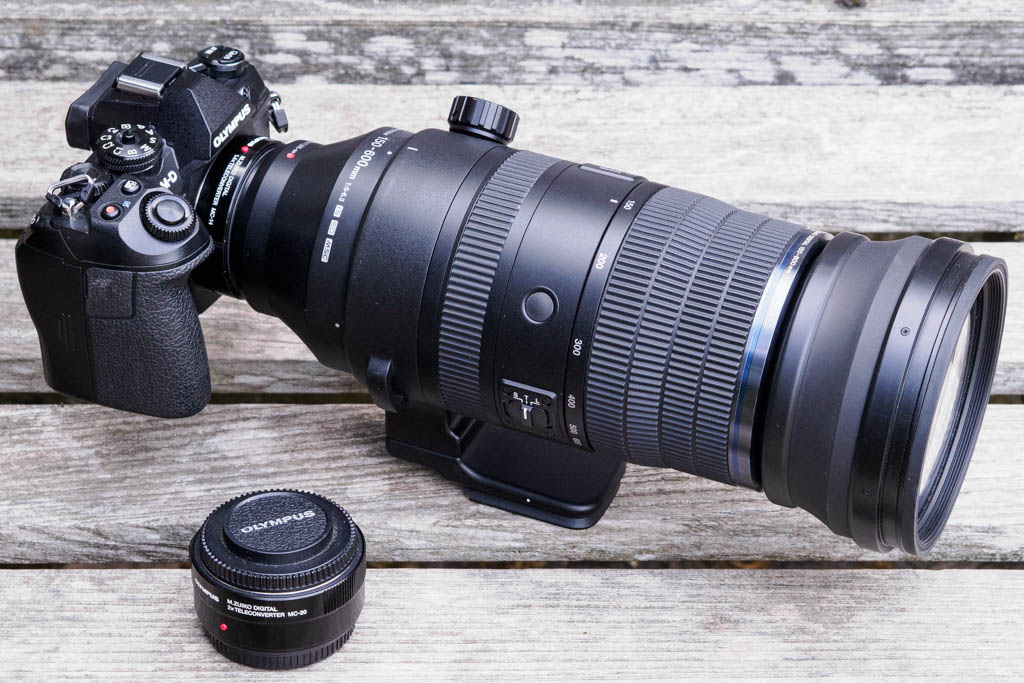
As previously mentioned, the lens is compatible with Olympus / OM System teleconverters. Fit the MC-14 1.4x converter, and you get a 210-840mm f/7-9 combination (410-1680mm equivalent). With the MC-20 2x converter, the lens becomes a 300-1200mm f/10-13 optic, with a 600-2400mm equivalent range. That’s long enough to fill the frame with the moon. But it’s worth noting that you’ll see obvious diffraction blurring at these apertures on Micro Four Thirds.
Build and Handling
There’s no getting away from the fact that the OM System 150-600mm is a pretty hefty lens, especially by Micro Four Thirds standards. The specs say it’s 109.4mm in diameter and 264.4mm long, but if you fit the hood and zoom to 600mm, then it extends to 430mm. Likewise, the quoted 2065g weight excludes the caps and hood; with them attached, the weight you’ll actually be carrying is around 2250g.
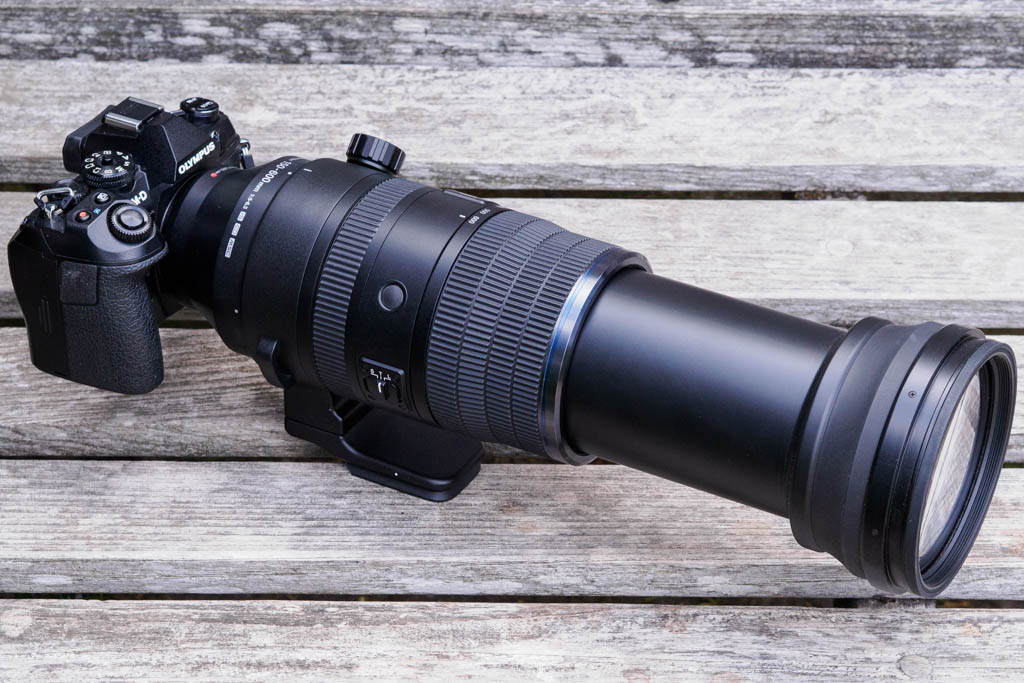
Due to its hefty size, the lens is without doubt best suited for use on larger SLR-shaped cameras with nice big handgrips. Physically, I found it made a good match for my Olympus OM-D E-M1 Mark III. But it also worked fine on the OM System OM-3 with an accessory grip installed – it’s just a bit more awkward to hold and use.
Overall, though, I found the 150-600mm to be perfectly usable for hand-held shooting, which feels like a crazy thing to say about a 1200mm equivalent lens.
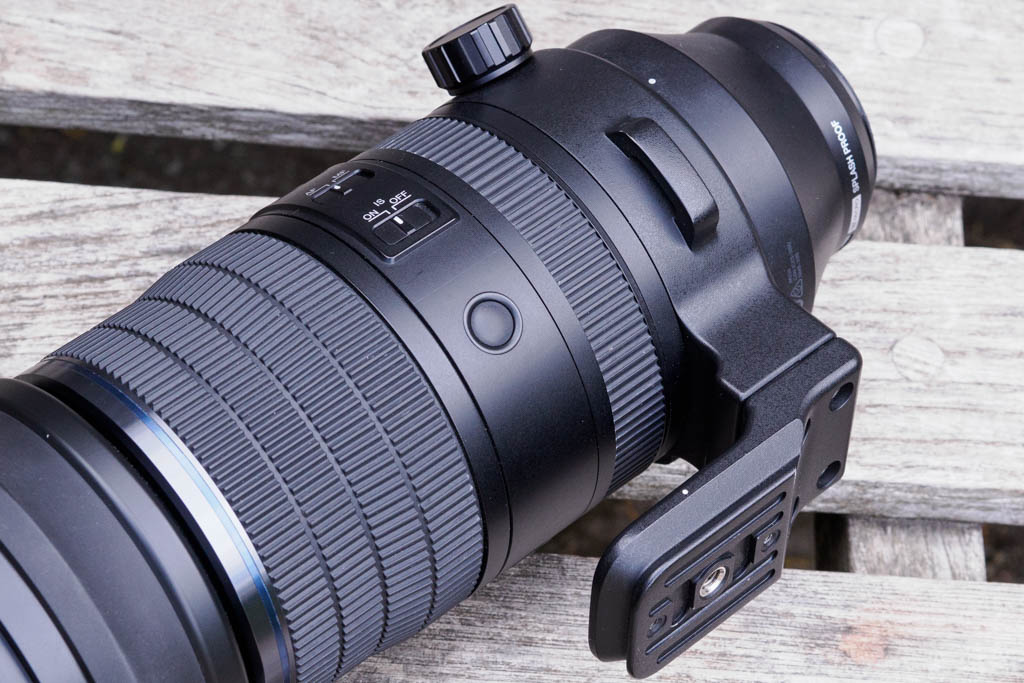
The lens is fitted with a non-removable tripod collar, which rotates very smoothly but unfortunately doesn’t click at 90° intervals for portrait and landscape shooting. The foot has an Arca-Swiss profile, which means you can attach it directly to many heads. There’s also a pair of strap lugs, so you don’t have to hang the lens off the camera. I used it with my trusty Peak Design Slide Lite strap.
A set of switches on the side of the barrel provide the usual controls for a telephoto zoom. There’s a focus limiter, an AF/MF switch, and IS on/off. You also get three function buttons arranged at 90° intervals around the barrel, but they’re rather oddly positioned, and I struggled to find a comfortable way of using them.
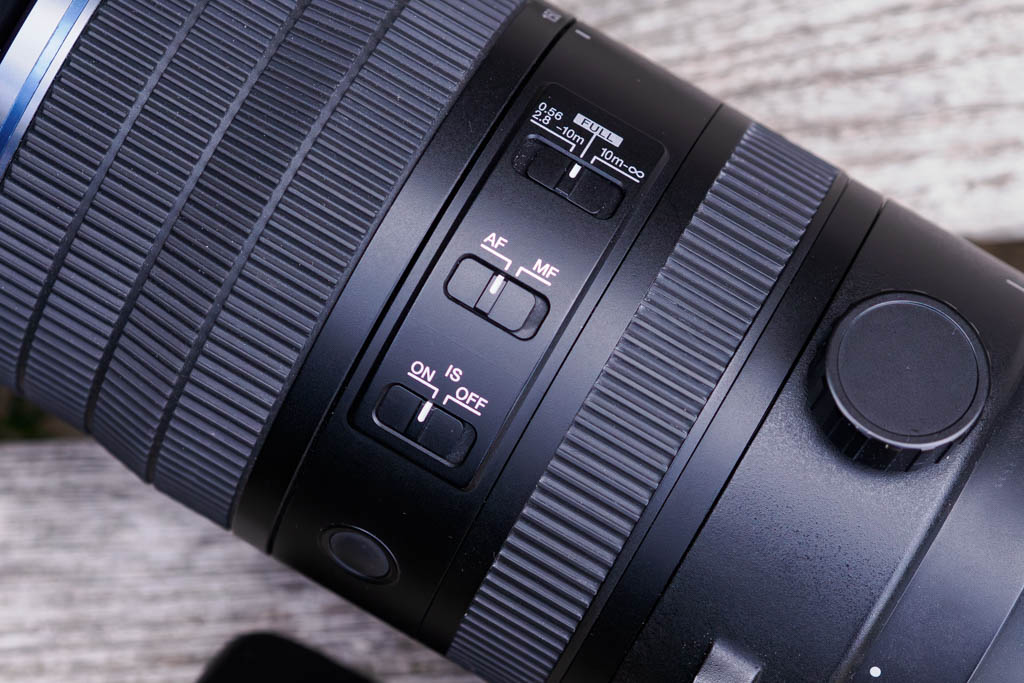
My favourite feature of this lens, though, is its zoom mechanism. Large, extending designs like this can often be slow and awkward to use, due to the sheer weight of glass that you’re moving back and forth. The 150-600mm gets around this by offering two very different friction settings, one for using the conventional zoom ring, and the other allowing much quicker push-pull zooming for hand-held shooting. This system is controlled by a 3-way switch with positions marked L, T and S.
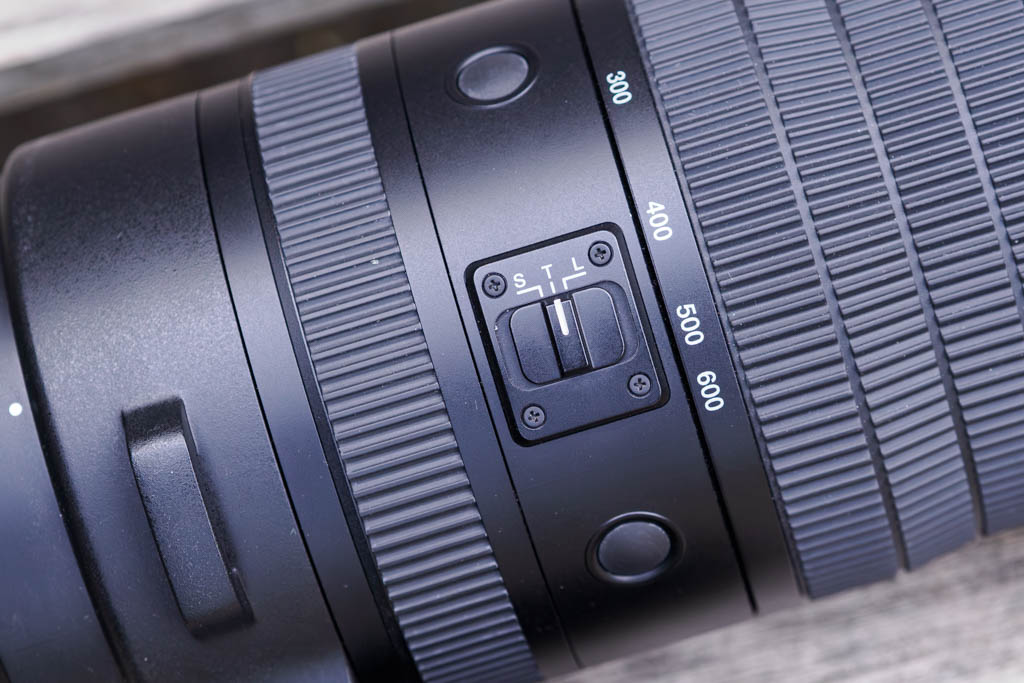
Set the switch to ‘T’ for tight, and you can use the zoom ring for accurate composition, with little chance of ‘zoom creep’ (i.e. the lens extending under its own weight when pointed down). Switch to ‘S’ for smooth, and you get rapid push-pull zoom by grabbing the front of the barrel. This option is great in situations where you need to react quickly to subjects moving towards or away from you; for example, I found it invaluable when shooting at an airshow. Finally, in the L position, the zoom can be locked at its shortest length for transport.
Autofocus
I’ve been pleased by the autofocus performance of the 150-600mm. It’s very quiet and impressively quick. I tested it by photographing airplanes at an airshow, and wildlife in my local parks, mainly on the OM System OM-3 using subject recognition. Even with fast-moving subjects, it returned a pretty high percentage of in-focus shots. Overall, it appeared to do a very good job of focusing where the camera asked it to.
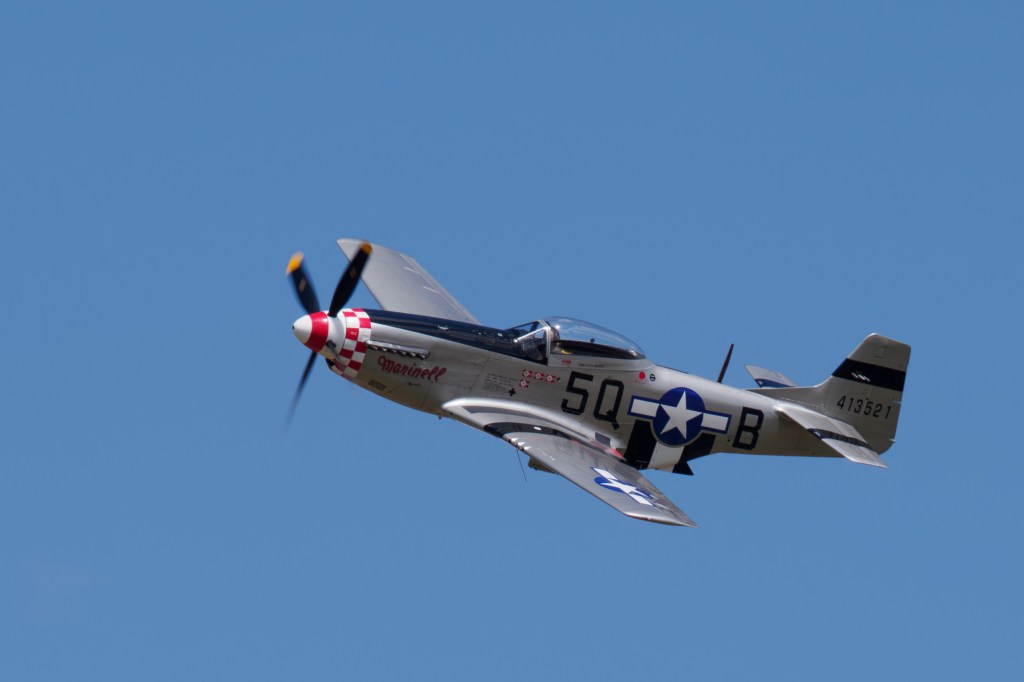
However, it’s important to understand that the experience you get with this lens will depend greatly upon the camera you’re using. At the time of writing, the OM-3 represents pretty much the state-of-the-art when it comes to autofocus on Micro Four Thirds. The only other cameras that’ll give the same kind of AF performance are the OM-1 Mark II and perhaps the Lumix G9II and GH7.
However, I also used the lens on the older Olympus OM-D E-M1 Mark III, using either a small, fixed focus area or tracking. I found that this combination was more likely to miss focus slightly and settle on either the foreground or background instead, especially when shooting small subjects in busy environments. But while that’s evident when examining files close-up on a computer screen, it’ll be less obvious when viewing your images on small screens or prints.
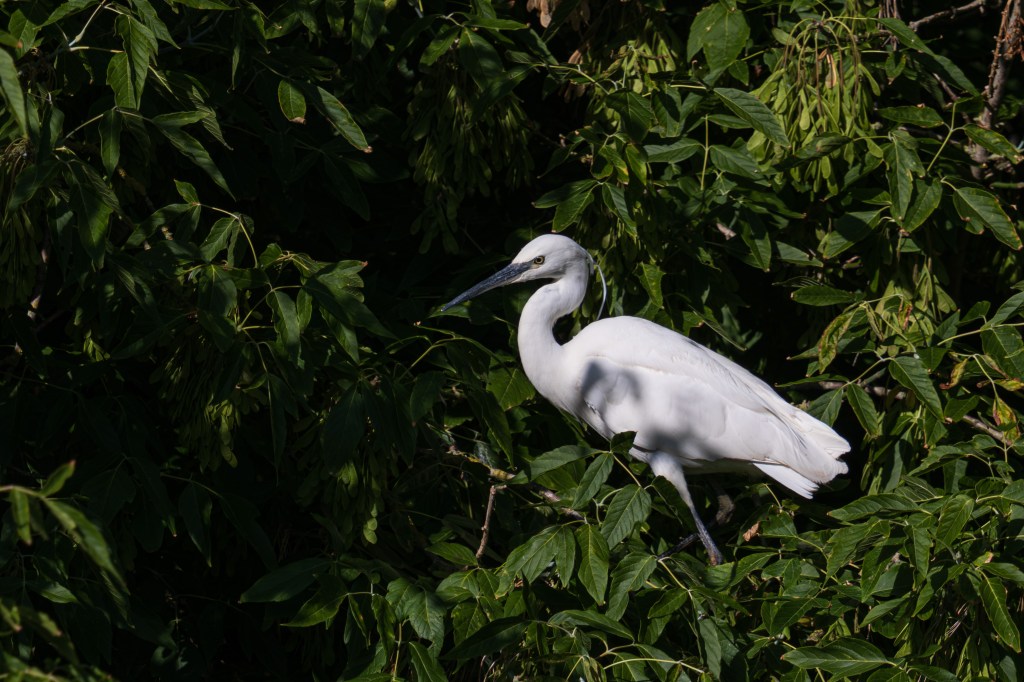
If you use the 150-600mm on older Micro Four Thirds cameras that lack phase detection autofocus, chances are it’ll barely track focus on moving subjects at all. But that’s not the lens’s fault.
Performance
So how about the image quality that you get from the Olympus 150-600mm? Ordinarily at this point, I’d be presenting a detailed analysis of the lens’s sharpness behaviour at various apertures and focal lengths. But that’s not especially helpful here. Not because the lens isn’t sharp – it’s absolutely fine. However, the practicalities of shooting moving subjects outdoors with a such a long and relatively small-aperture lens mean that the results you get will usually be limited by other factors instead.
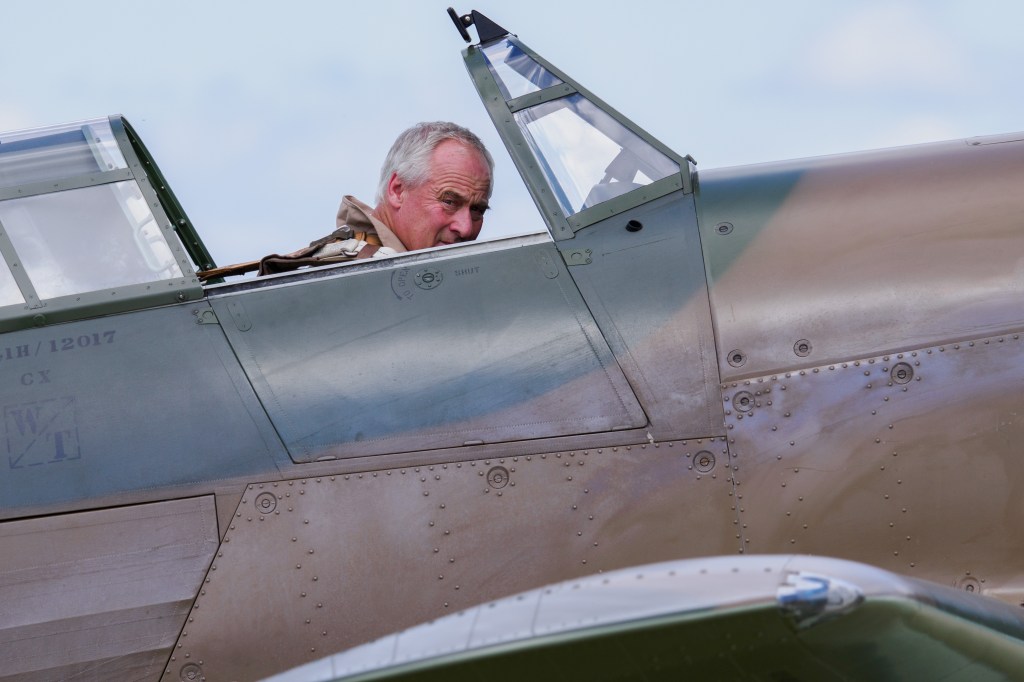
Chances are you’ll be often be shooting moving subjects, so you’ll want to keep shutter speeds high, at 1/1000sec or shorter. Even on a bright day, that’ll mean boosting the ISO significantly, which means noise will have a negative impact on image quality. It’s likely you’ll often be shooting over quite long distances too, and that means atmospheric distortion will come into play, reducing the contrast and destroying fine detail.
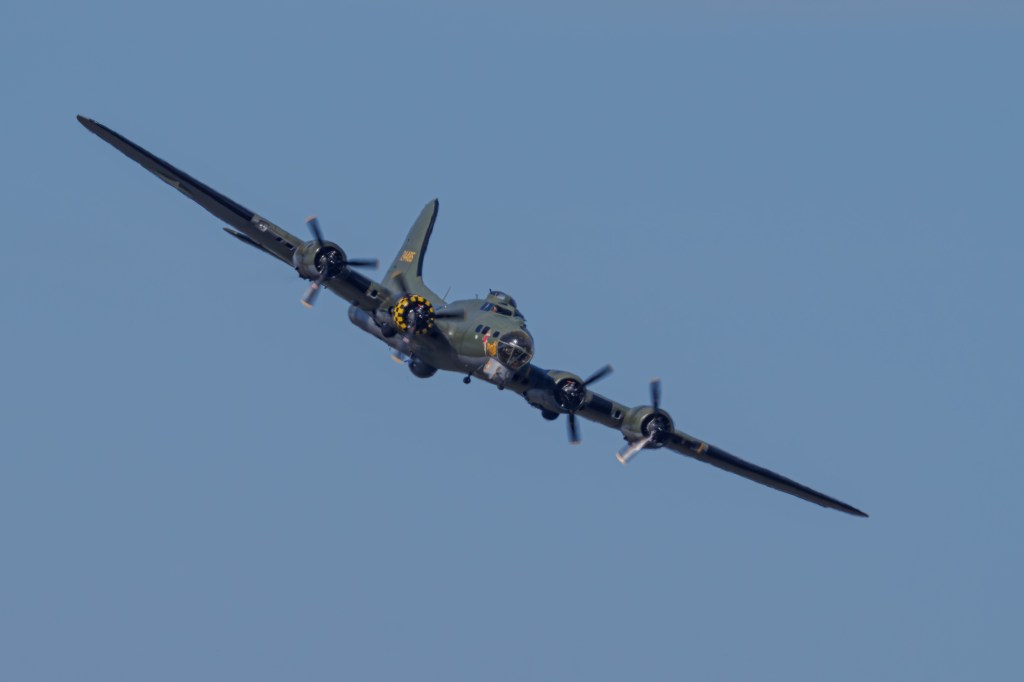
With some subjects, you might want to use rather slower speeds, for example to get propeller blur when shooting airplanes. But you’ll just end up trading that off against visible motion blur. Here your best bet is to take high-speed bursts and select whichever frame ends up sharpest, discarding the rest.
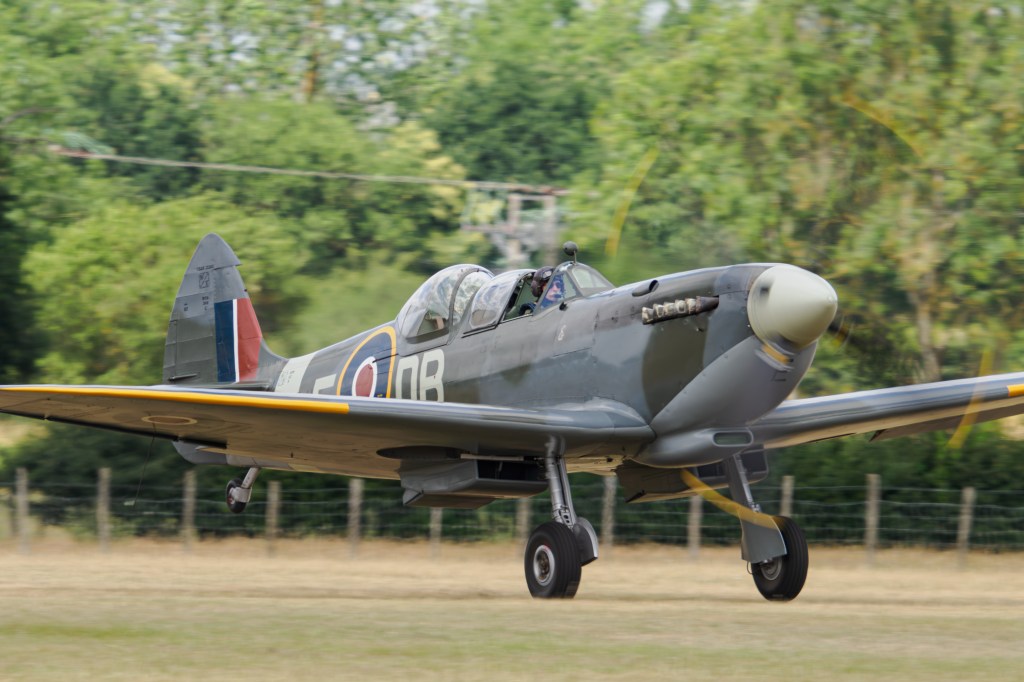
With such a long focal length, you’ll also get very little depth-of-field. This means that when shooting wildlife, only a small slice of the subject will be perfectly sharp. You can stop down the aperture to compensate, of course, but that’ll mean boosting the ISO even higher. This being Micro Four Thirds, you’ll also see obvious diffraction softening if you go much beyond f/8, so you don’t have much aperture range to play with.
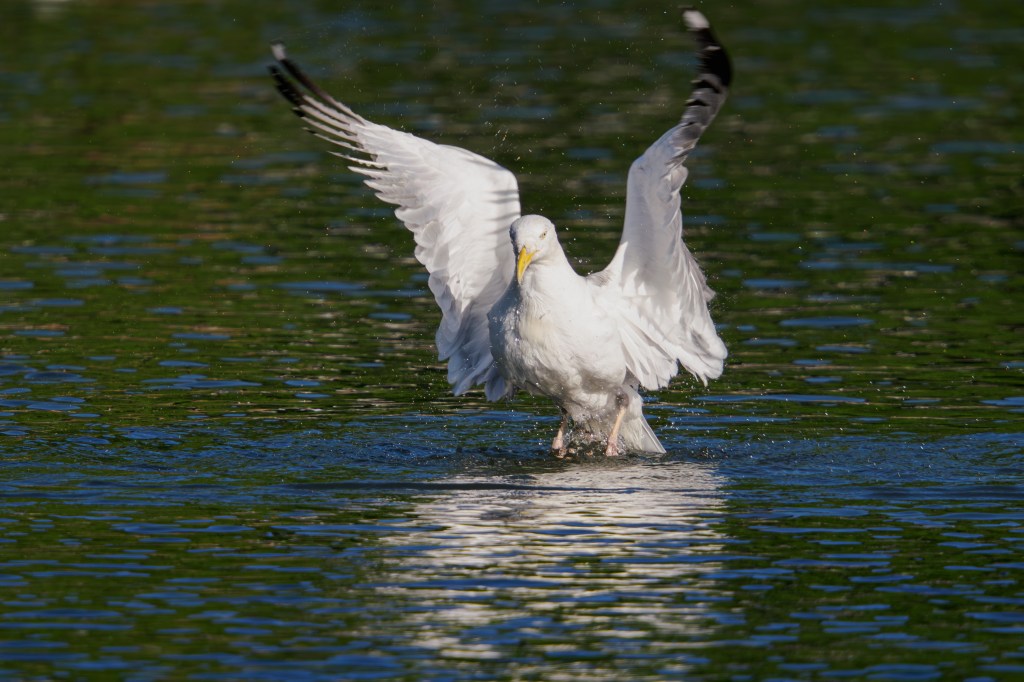
Fundamentally, what this all means is that with this kind of ultra-telephoto, you’ll rarely get the same level of pixel-level quality as with shorter lenses. So it’s best to calibrate your expectations accordingly. That’s not necessarily a criticism of this particular lens, it’s just a consequence of using such a long zoom. I’ve seen it with other brands and larger formats, too.

Ultimately, though, I’ve still been pleased by the results I’ve got from the Olympus 150-600mm, even if they haven’t always been technically as sharp as other kinds of photos. In some cases, I’d have struggled to get the same shots from any other lens.
Use with teleconverters
I also tested the lens with both the Olympus MC-14 and MC-20 teleconverters. In many respects, these work surprisingly well. Autofocus continues to function almost as normal on the OM-3, and you get a nice clear viewfinder image, except perhaps in very low light.

You will, however, almost certainly want to use some kind of support to keep the camera steady, either a monopod or tripod. That’s especially true with the 2x converter – don’t even think about using this hand-held, as it’s almost impossible to hold the lens steady enough to keep your subject within the frame. And considering everything I’ve already said, chances are you won’t really record any useful extra detail, compared to simply cropping and enlarging images taken using the lens alone.

A few years ago, I’d have said that this means there’s no real point in using teleconverters with this lens. But now I’m not so sure. With small, distant subjects, most obviously birds, using a teleconverter can help the autofocus system nail focus most accurately. This is especially the case when using subject detection, where you can see the camera identify eyes more confidently, for example.
With modern AI-based noise reduction, I’m also now quite happy shooting at much higher ISO settings than ever before. The shot above was at ISO 5000 and processed using Adobe Denoise.
Our Verdict
Shooting with the OM System M.Zuiko Digital ED 150-600mm F5.0-6.3 IS has certainly been an interesting experience. There’s something seriously addictive about getting such a huge reach in a lens that, while not exactly small, is still entirely hand-holdable. It delivers pretty decent images, too.
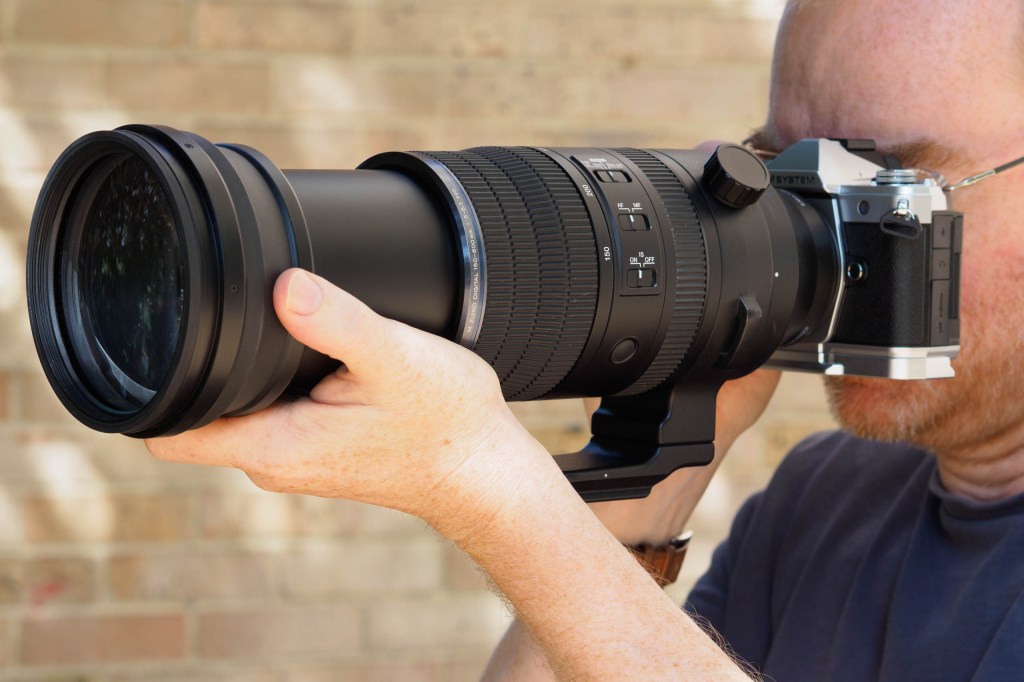
Having said that, this lens does feel like a rather niche product. For most Micro Four Thirds users, a 100-400mm zoom would surely make more sense. They’re a lot smaller, lighter, and more affordable, but still give a 200-800mm equivalent range. That’s more than enough for a lot of purposes. I didn’t think the 150-600mm brought me much real advantage when shooting airshows, for example, where if anything I could have done with having a slightly wider view available.
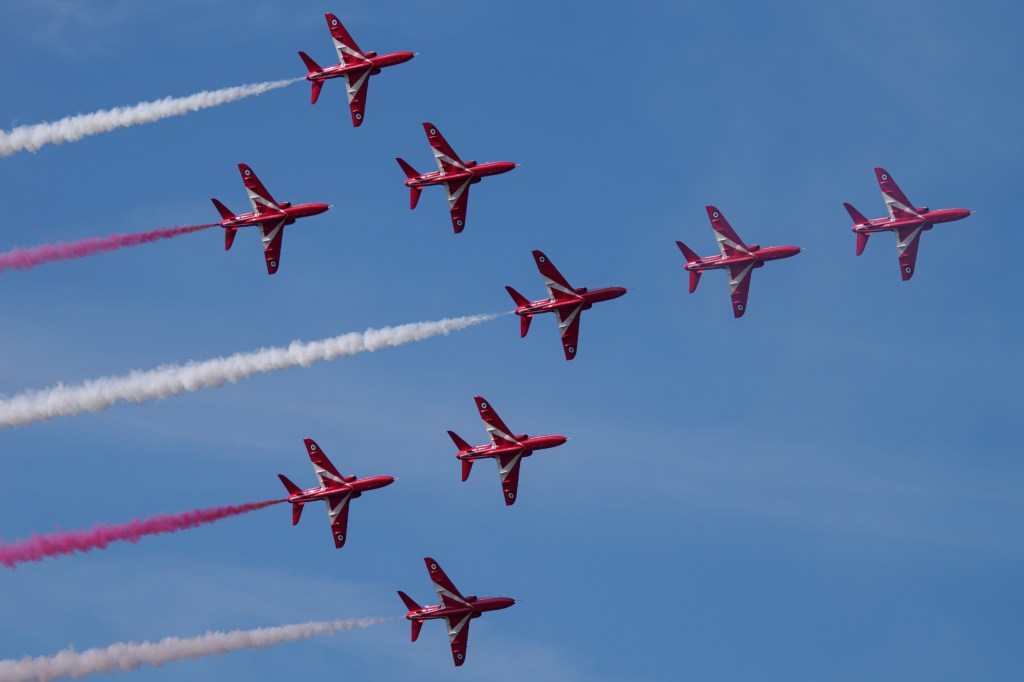
Where this lens does shine, though, is for wildlife photographers who want the longest possible focal length in a portable package. It could be a great choice for photographing birds, in particular, where you can never have too much reach. It’s not a lens for everyone, but if you know exactly why you might need it, it’ll deliver the goods.

Follow AP on Facebook, X, Instagram, YouTube and TikTok.
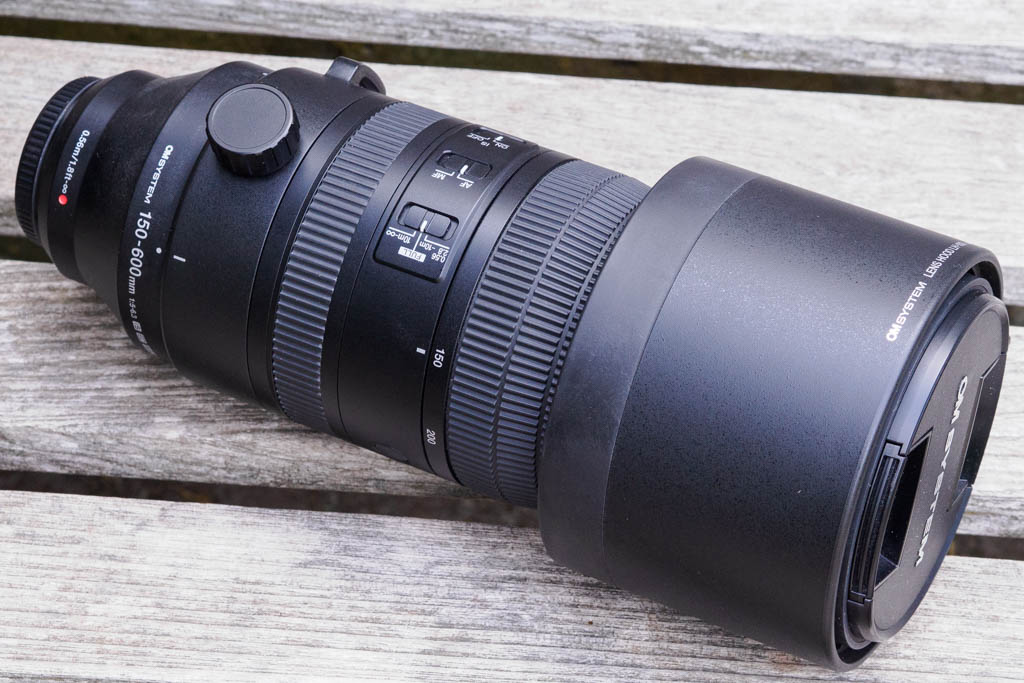
OM System M.Zuiko Digital ED 150-600mm F5.0-6.3 IS: Full specifications
| Price | $2699 / £2499 |
| Filter Diameter | 95mm |
| Lens Elements | 25: 2 ED, 4 Super ED, 6 HR, 1 HD glass |
| Groups | 15 |
| Diaphragm blades | 9 (circular diaphragm) |
| Aperture | f/5-6.3 – f/22 |
| Minimum focus | 0.56-2.8m |
| Length | 264.4mm |
| Diameter | 109.4mm |
| Weight | 2065g (approx 2250g with caps and hood) |
| Lens Mount | Micro Four Thirds |
| Included accessories | Caps, hood, strap |







